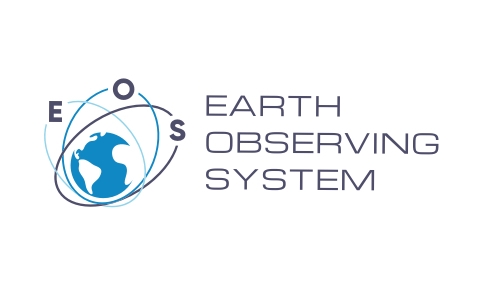EOS Data Analytics agreement with Dragonfly Aerospace comes to a conclusion for the delivery of two HR-250 high-performance multispectral imagers. The partnership comes with the proposed plan to launch of satellite empowered with the Dragonfly imagers into Low Earth Orbit (LEO) in 2022. It will allow wide swath image generation in 1m resolution with seven spectral bands.
According to Bryan Dean, CEO, Dragonfly Aerospace, the Dragonfly imagers will provide wide area coverage useful for industries like commercial agriculture. Dragonfly Aerospace will this mission to satisfy the needs of EOS Data Analytics customers with custom spectral filters. Intensive pre-flight and in-orbit calibration of the imagers by engineers of Dragonfly Aerospace will allow highly precise data for EOS Data Analytics.
One of the key objectives of EOS Data Analytics is the sustainable use of the planet’s resources. Multispectral image data amalgamation with EOS Crop Monitoring work will create more opportunities in precision farming, farmers will be able to better analyze and monitor the critical indicators of soil and yield conditions.
- Commercial agriculture can access multispectral image data five to seven times faster than ever before. Users don’t have to wait for a month for a single image and track the changes with frequent observations.
- The resolution of the images increases by three to seven times.
- Advanced anomaly detection model and access to independent data for agricultural models such as yield forecasting for each farm.
- Exclusive rights for particular data and particular areas.
- More emphasis on small field areas of all countries.
According to Max Polyakov, Founder of EOS Data Analytics, space technology is crucial for sustainable use of future resources and possible solutions for today’s global challenges. Till now, it already helped to better prepare and understand the impact of natural calamity. It could prevent thousands of deaths with modeling for how forest fires spread. We can also use satellite imaging for the understanding of Earth’s surface and forecasting ‘nature’-trends. They believe in creating a better life for humans on Planet Earth. The presence of multispectral imagers on satellites will ensure close monitoring of the environment and aid in better allocation of resources for the future generation. We are always trying to find a solution to the prosperity of human with minimum impact on the future.


Good post. I will be facing a few of these issues as well..